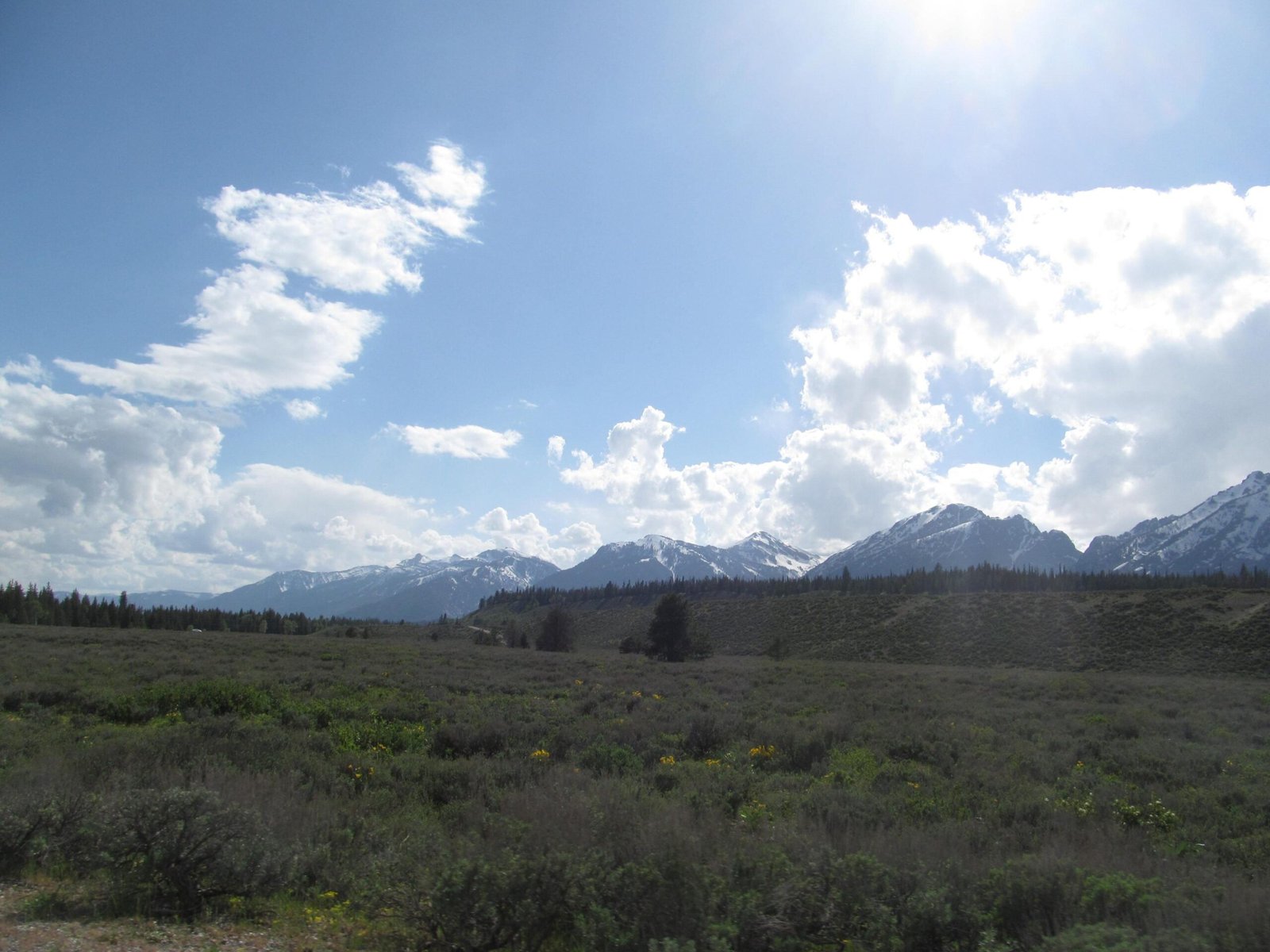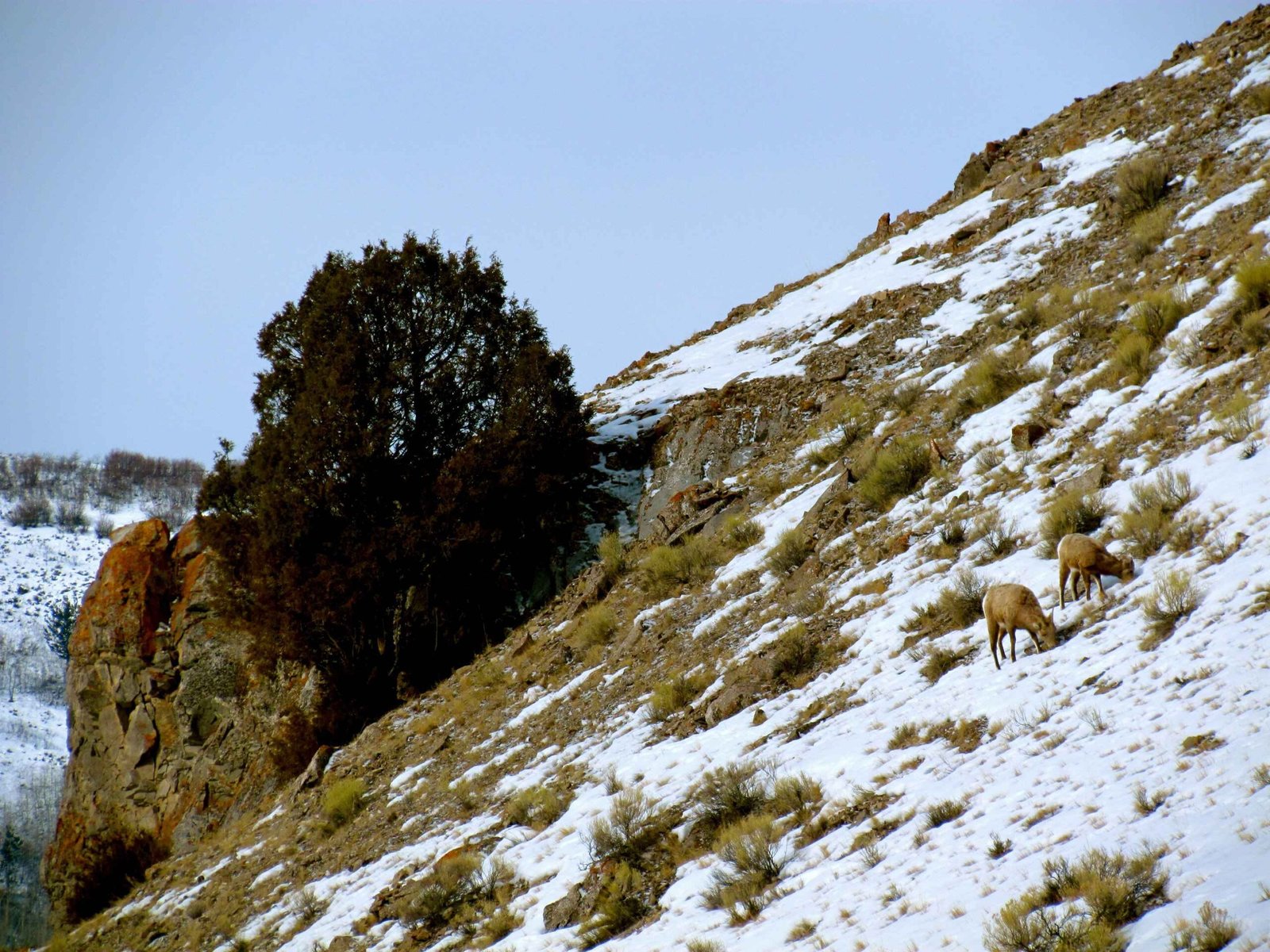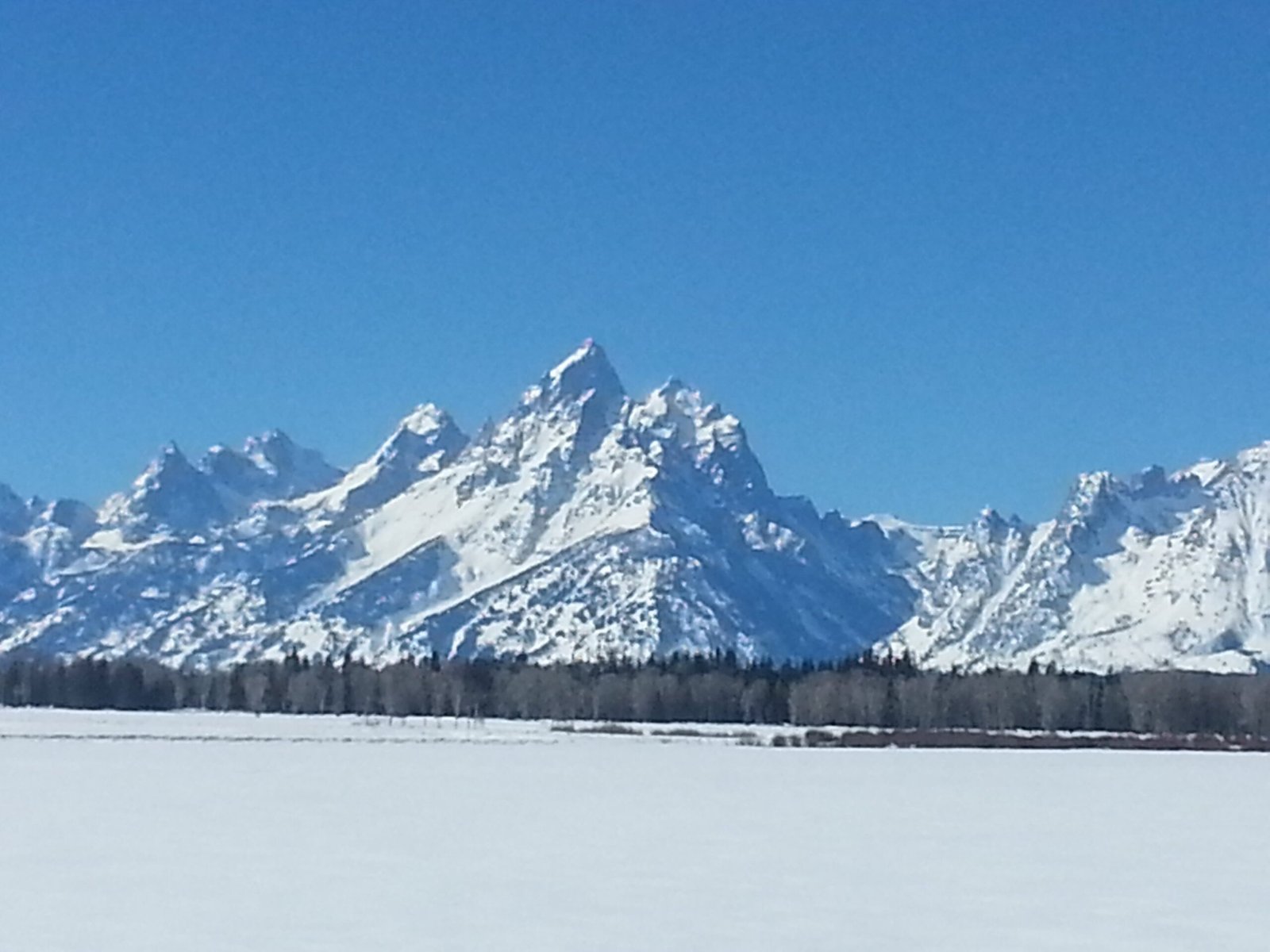Grand Teton National Park emergency services represent a sophisticated, multi-layered system designed to protect visitors in one of America’s most challenging wilderness environments. With an average of 80 search and rescue missions annually, the park’s emergency response team, including the highly trained Jenny Lake Rangers, provides comprehensive medical support, wilderness rescue, and critical communication infrastructure to ensure visitor safety across 310,000 rugged acres of mountainous terrain.
What Are the Primary Emergency Contact Methods?

Emergency Communication Channels
| Service Type | Contact Method | Phone Number |
|---|---|---|
| Immediate Emergency | 911 | 911 |
| Park Information | Park Headquarters | 307-739-3300 |
| Ranger Station | Visitor Information | 307-739-3399 |
Who Responds to Emergencies in Grand Teton?
Emergency responses in Grand Teton National Park involve multiple specialized teams:
- Jenny Lake Rangers: Highly trained wilderness rescue specialists
- Teton County Search and Rescue
- Local Emergency Medical Services
- Park Rangers
Rescue Capabilities
The emergency services team possesses extraordinary capabilities:
- Technical mountain rescue skills
- Advanced wilderness medical training
- Helicopter short-haul operations
- Complex terrain navigation expertise
What Medical Facilities Exist Within the Park?

Seasonal Medical Support Locations
- Colter Bay Clinic: Summer seasonal medical services
- Grand Teton Medical Clinic (Jackson Lake Lodge)
- Nearest Full-Service Hospital: St. John’s Medical Center in Jackson, Wyoming
How Do Visitors Prepare for Potential Emergencies?
Essential Safety Preparation Strategies
Visitors should:
- Carry communication devices
- Pack comprehensive first aid kits
- Share detailed hiking plans
- Check weather forecasts
- Understand wildlife interaction protocols
- Carry emergency signaling equipment
What Are Common Emergency Scenarios?
Potential Wilderness Emergency Types
- Medical Emergencies
- Altitude-related illnesses
- Traumatic injuries
- Hypothermia
-
Wildlife encounters
-
Environmental Challenges
- Sudden weather changes
- Lightning strikes
- Avalanche risks
- Extreme temperature variations
What Are Visitor Safety Recommendations?
Proactive Safety Measures
- Maintain minimum wildlife distance (100 yards for large predators)
- Stay on designated trails
- Carry sufficient water and nutrition
- Wear appropriate mountain terrain clothing
- Use recommended hiking equipment
How Quickly Can Rescue Operations Respond?
Rescue Response Capabilities
- Average rescue mission duration: 4-8 hours
- Helicopter short-haul capabilities
- Highly coordinated multi-agency response
- Specialized mountain rescue training
What Are the Financial Considerations?
Emergency Service Costs
- Basic emergency services: Typically covered by park
- Advanced medical transport: May require personal insurance
- Rescue operations: Generally no direct cost to injured party
Conclusion
Grand Teton National Park emergency services represent a world-class wilderness safety system, combining advanced medical training, specialized rescue capabilities, and comprehensive visitor protection strategies.

